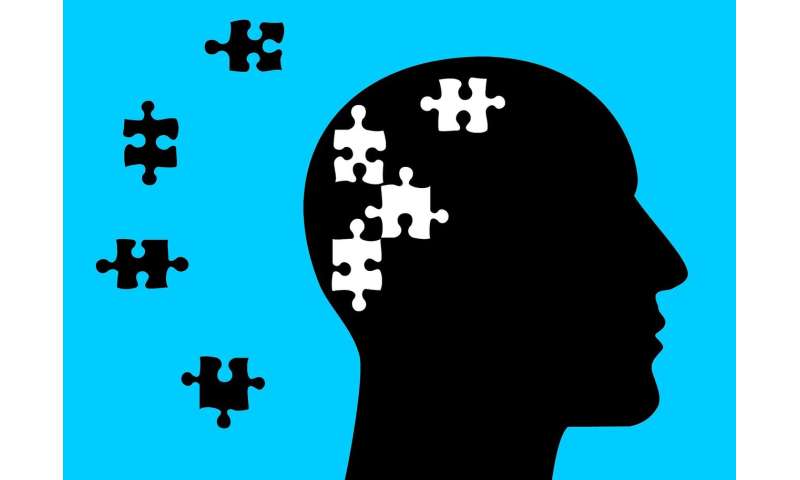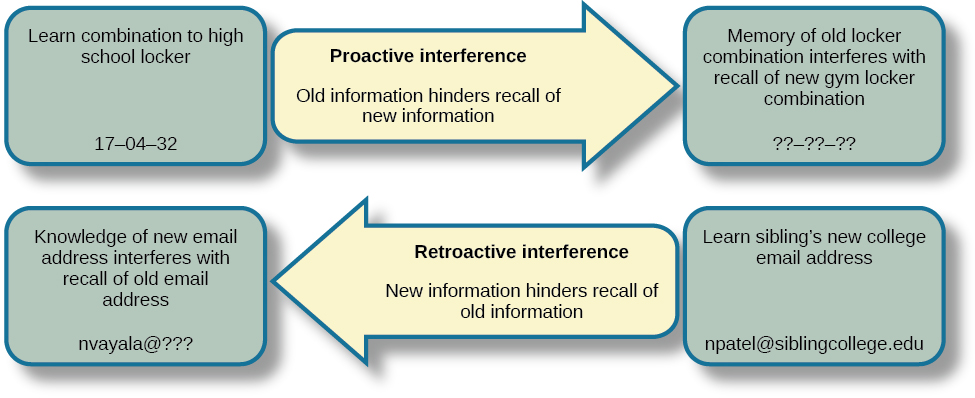While growing up, children form an attachment to their caregivers. They could form one of the two types of attachment, secure attachment and insecure attachment. Secure attachment means that the child trusts other people to take care of him or her. This is a result of the child experiencing positive influences with their caregiver repeatedly over time as an infant. With this type of attachment, the child has more tendencies to have reactions to stress that aren’t very extreme, explore independently, and be able to form better relationships. On the other hand, insecure attachment is the opposite. Insecure attachments have deemed adults as unreliable and do not trust them easily. This is a consequence of having either negative or unreliable experiences with the caregiver. This type of attachment can lead to the child refusing to interact or avoid others, exaggerate distress, and show anger, anxiety, or fear.
Secure and insecure attachment were studied in what is called the Strange Situation Test. This test consists of several stages, which can be seen in the following video: https://www.youtube.com/watch?v=QTsewNrHUHU . Sixty percent of the infants showed secure attachment. This can be seen as they were playing freely when the caregiver was present, they were distressed once said caregiver left the room, and sought contact with the caregiver once he or she returned. The other forty percent showed insecure attachment. This can be seen as they were not as like to explore, were highly distressed when the caregiver left the room, and continued to be distressed once the caregiver returned. The attachment type displayed is an indicator of how the child would be in the future. In the chart below, there are some examples of how this concept would be applied to a child who developed secure attachment.
In my family, I have a baby niece. Over the summer, my parents and I babysat her while her parents went to a baseball game. When her parents left, my mom could notice some behavior changes in my niece. My niece became very quiet, and when we fed her, she would not sign for food like she usually does. At certain points, she would also cry to the point where she was inconsolable. When her parents finally came home, she moved towards them, hoping to be picked up. Based off of these behaviors, it is likely that she has developed secure attachment.
“Secure vs. Insecure Attachment.” Better Brains for Babies. http://www.bbbgeorgia.org/attachSecure.php. Accessed 17 Oct. 2019.
“Some Indicators of Secure Attachment.” http://www.practicenotes.org/v19n3/matters.htm. Accessed 17 Oct. 2019.
Thibs44. “The Strange Situation- Mary Ainsworth.” Youtube. 17 Jan. 2009. https://www.youtube.com/watch?v=QTsewNrHUHU. Accessed 17 Oct. 2019.








